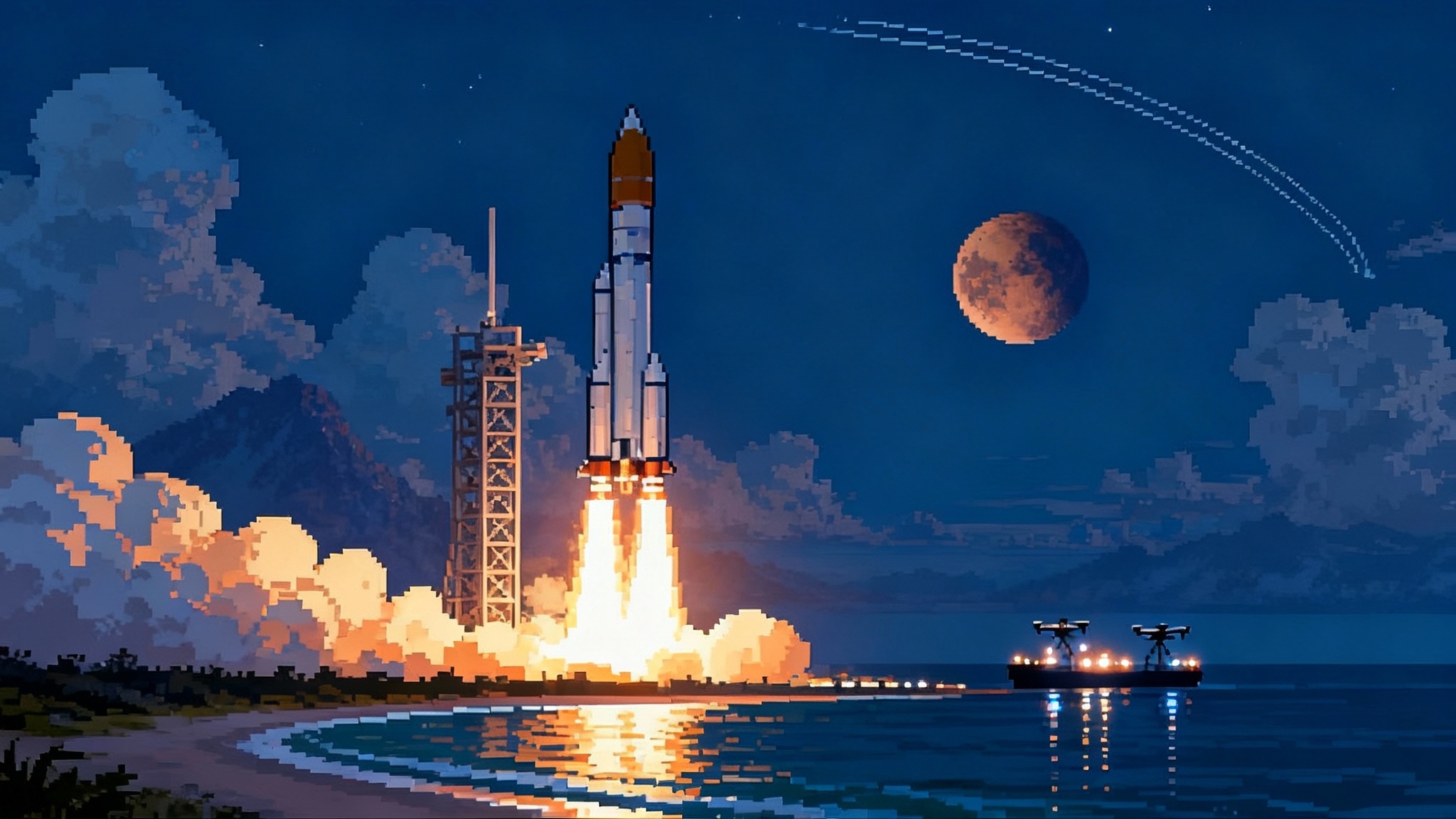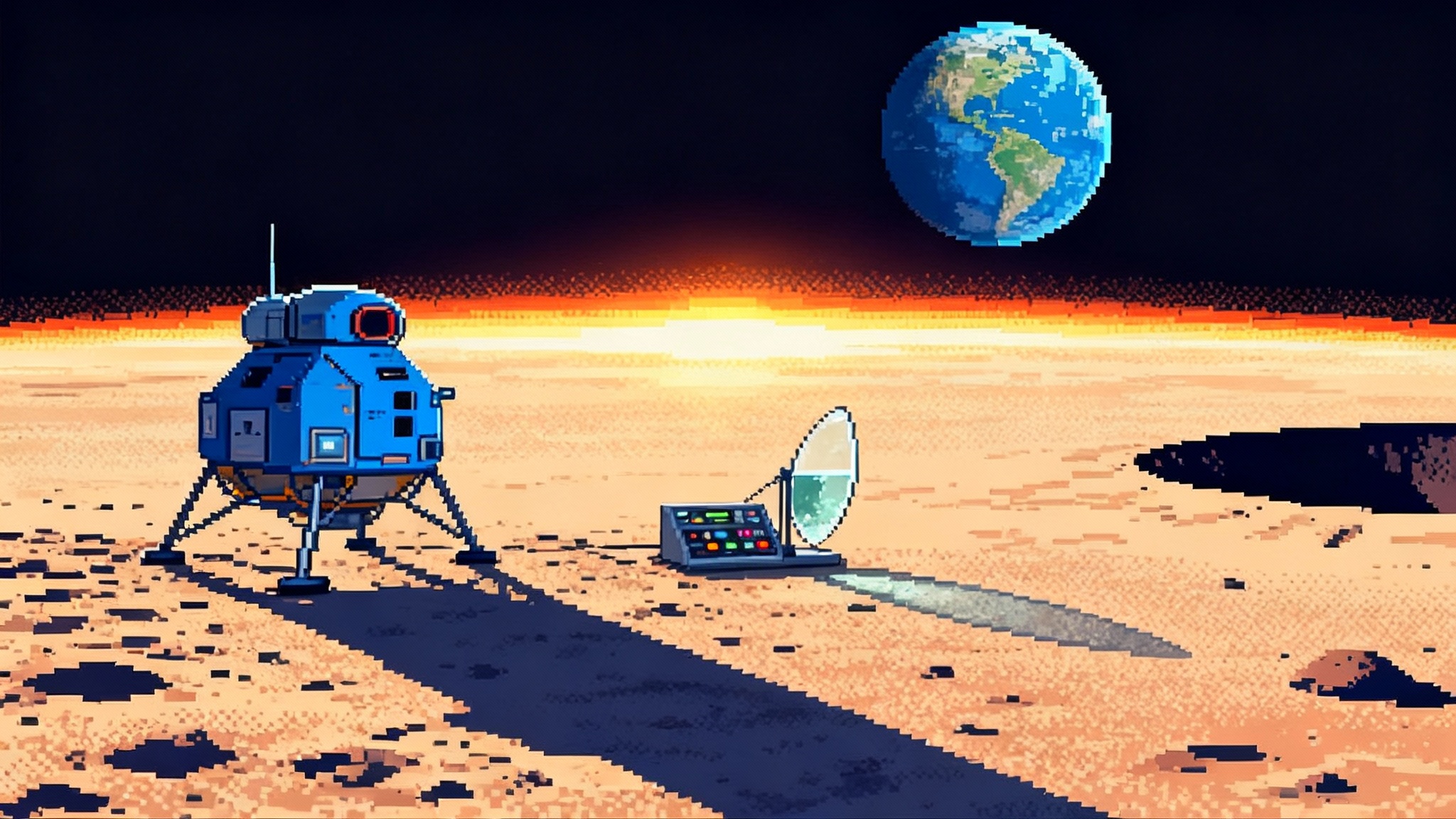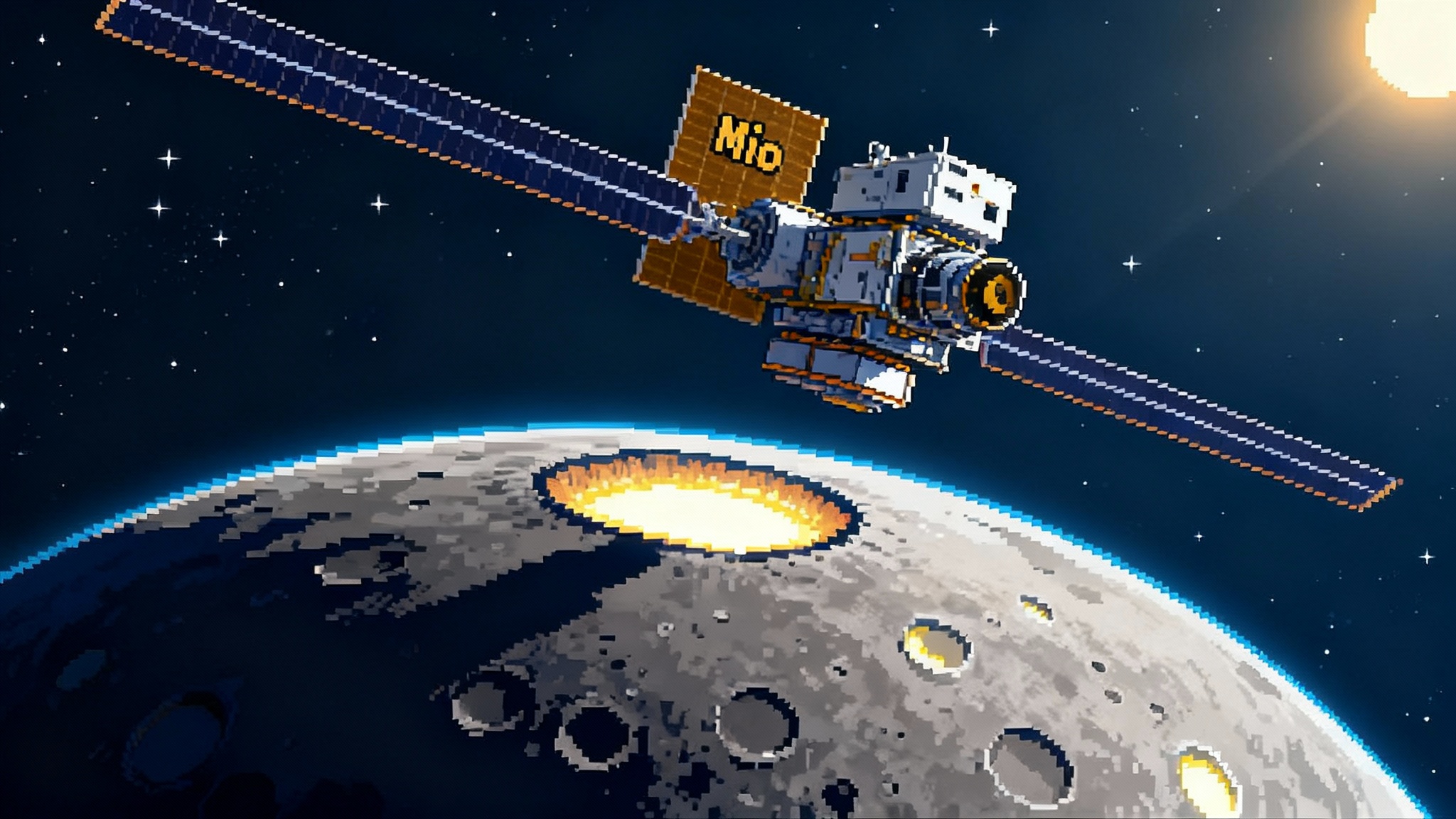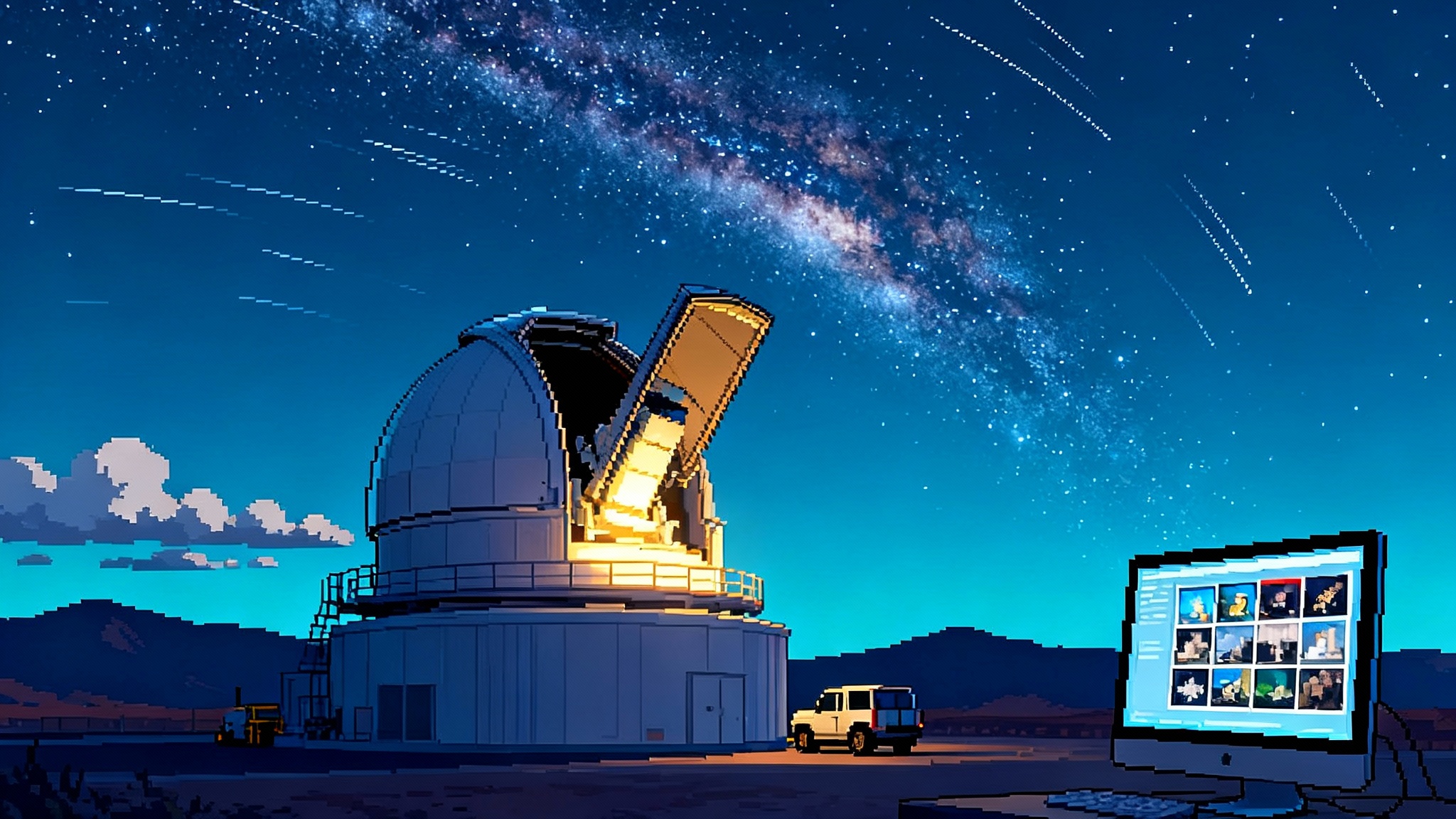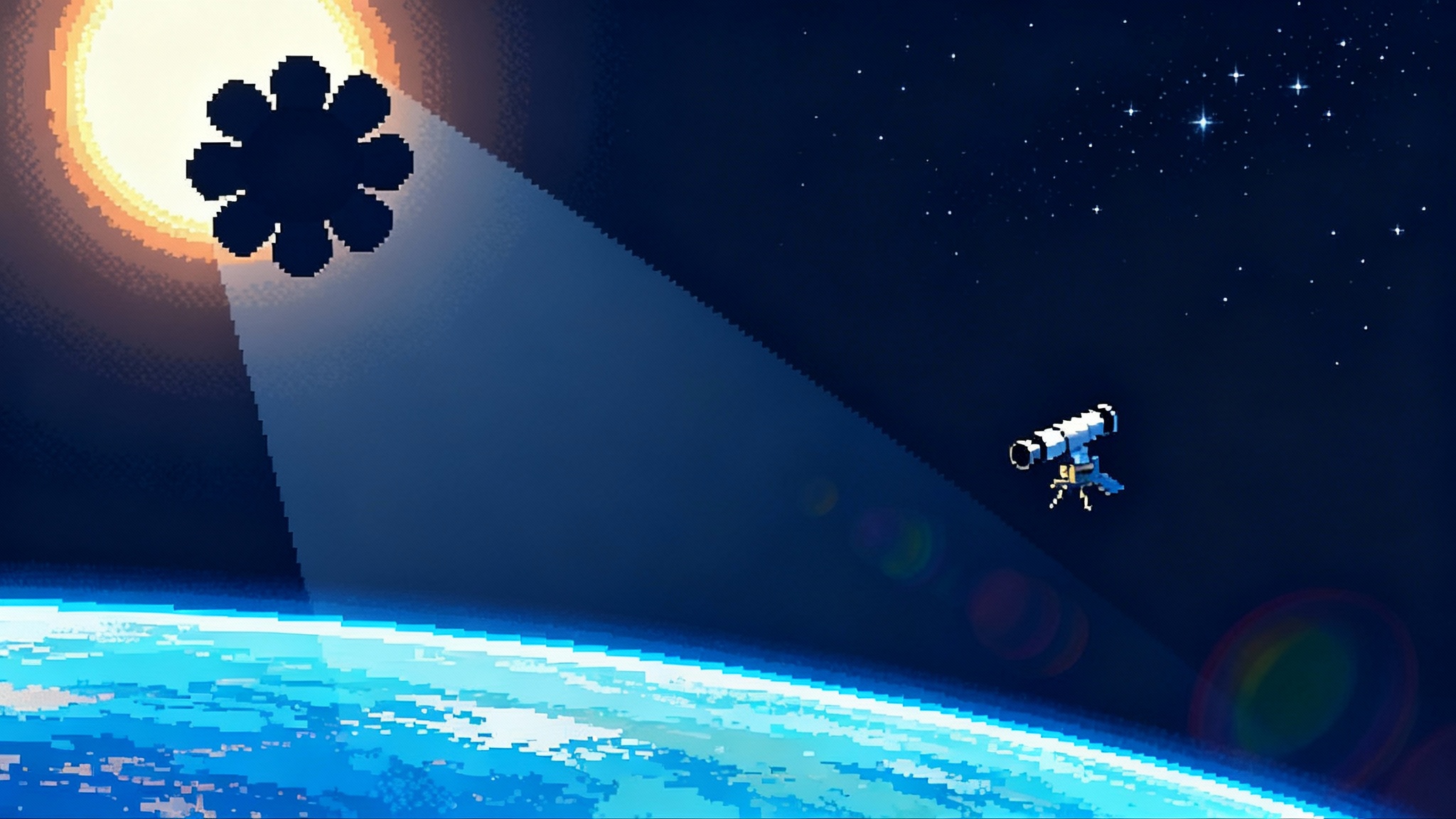Tianwen-2 sets pace in the small‑body sample return race
China’s Tianwen-2 launched on May 29, 2025 toward Kamoʻoalewa, an Earth quasi-moon. If it returns about 100 grams by late 2027, the sample could test the lunar-fragment idea and reshape plans for chemistry, defense, and exploration.

A first-of-its-kind chase begins
China has opened a new front in planetary exploration. The Tianwen-2 spacecraft launched on May 29, 2025 aboard a Long March 3B rocket from the Xichang Satellite Launch Center, beginning a fast, targeted pursuit of one of Earth’s strangest companions: Kamoʻoalewa. The goal is audacious in its simplicity. Rendezvous with this small body in 2026. Collect roughly 100 grams of material using a mix of techniques. Drop a reentry capsule to Earth in late 2027. Then send the main spacecraft onward to investigate an active object in the asteroid belt. One launch. Two targets. A sample home in under three years.
If successful, it will be the first sample return from an Earth quasi-satellite. That distinction matters. Quasi-satellites are not true moons. They orbit the Sun, but they stay in a 1-to-1 rhythm with Earth, looping in strange corkscrews that keep them near our planet for long stretches. Kamoʻoalewa is the most stable of the known examples. That stability, and its size of only a few dozen meters across, makes it a near-perfect proving ground for a new style of fast, low-cost sample mission.
What exactly is a quasi-moon?
Picture Earth as a runner on a track. A quasi-satellite is another runner on a neighboring lane, keeping near the same pace but on its own loop. At times it drifts slightly ahead or behind, but over many laps the two stay side by side. Because Kamoʻoalewa shares Earth’s general orbital period and stays relatively nearby, a spacecraft can spend less time and fuel chasing it than it would for a more distant target. That creates room in the schedule and the mass budget for what counts most in discovery: the sample and the instruments to read it.
Why Kamoʻoalewa is the weird one worth a bet
Kamoʻoalewa’s reflectance spectrum looks strikingly similar to lunar material. A University of Arizona team made that case in 2021, finding “lunar-like silicates” and noting a rapid rotation period of about 28 minutes. The research seeded a provocative idea: Kamoʻoalewa might be a shard of the Moon blasted free by a relatively recent impact. That possibility has since been refined by orbital modeling that shows how a few fast-moving fragments could be trapped into Earth’s co-orbital region. The hypothesis remains unproven, but it is testable. Tianwen-2 is designed to test it. For readers who want the original context, see the peer-reviewed work summarized in this lunar fragment hypothesis.
Even if Kamoʻoalewa turns out not to be lunar ejecta, its small size, fast spin, and benign proximity to Earth make it a prime sample target. Small bodies in this size class are time capsules. They record the micromechanics of rock, regolith, and space weathering under constant solar radiation and temperature cycling. That is the scale where planetary defense and resource use live or die.
The mission architecture in plain terms
Tianwen-2 uses a straightforward playbook. First, the spacecraft will approach Kamoʻoalewa and orbit or station-keep for months to map the body, measure its spin state, and watch its dust environment. Next comes a progressive sequence of rehearsals and sampling attempts. Chinese planners have described a toolkit that includes touch-and-go collection and an anchor-and-attach method that would press drills or brush heads into the surface if terrain allows. Both strategies have a clear purpose. Touch-and-go can capture loose regolith in seconds. Anchoring can reach into consolidated materials or cemented crusts that resist a quick grab.
Once the team confirms sample mass and containment, the spacecraft will depart the asteroid, target an Earth return corridor, and release a small reentry capsule for a parachute landing on land. The mothership will continue on a gravity-assist path toward an active object in the main belt, 311P/PANSTARRS, to study how sunlight can trigger dust shedding on small bodies. This split-mission strategy is a force multiplier. It wrings two high-value investigations out of one flight system, one set of ground operations, and one launch.
Why 100 grams can punch above its weight
A hundred grams is a generous amount at this scale. Japan’s Hayabusa2 returned a few grams from asteroid Ryugu and enabled dozens of studies. The United States’ OSIRIS-REx mission recovered more than the minimum target mass from Bennu, and early analyses reported abundant carbon, hydrated minerals, and unexpected phosphates. The scientific value is not a simple function of grams. It depends on context, contamination control, and what kinds of materials are present. That comparative story continues with the mission’s extension, the OSIRIS-APEX lifeline to Apophis in 2029.
Here is what a 100-gram Kamoʻoalewa sample could settle or unlock:
- Isotopic fingerprints: Oxygen and chromium isotope ratios can distinguish lunar rock from typical near-Earth asteroid material. A match to lunar values would be the cleanest answer to the origin question.
- Micromechanics of space weathering: Comparing the outermost rinds to interior grains reveals the pace and products of solar wind sputtering and micrometeoroid gardening. That helps translate telescope spectra into true surface compositions across many small bodies.
- Shock histories: If Kamoʻoalewa is lunar ejecta, thin melt veins, shock-twinned minerals, and glass spherules will record the violence of the launch event. Their textures can even point to candidate craters.
- Volatile inventory at small scale: Even “dry” silicate rock can carry water-bearing clays, carbonates, and phosphates. The form and abundance of these phases at centimeter and micrometer scales will refine models for how water and carbon moved through the early Solar System.
- Exposure ages: Trapped noble gases and cosmogenic nuclides can clock how long fragments sat at the surface of their parent body, how long they drifted in space, and how recently they were chipped from a larger rock.
Each of these outcomes adds leverage. Isotopes draw a bright line on origin. Weathering, shock, and exposure histories teach us how to read other small bodies by remote sensing alone. Volatiles tie a single rock to the grand chemistry narrative that Bennu and Ryugu started writing.
The post-Bennu question: what new chemistry is left to find?
OSIRIS-REx showed that primitive asteroids can carry water-bearing minerals, carbon-rich material, and even unusual phosphates that challenge our simple stories about where life’s ingredients came from. That does not make Kamoʻoalewa redundant. It reframes the mission’s value. If Kamoʻoalewa is lunar in origin, it brings us the flip side of the story: how evolved silicate crust behaves when it is freed into interplanetary space. How fast does lunar rock redden. How does shock damage heal or persist. Which minerals resist thermal fatigue in a tiny body that flips from intense sunlight to deep cold every minutes.
If Kamoʻoalewa is not lunar, it is likely a fresh datapoint on the spectrum from rubble-pile to consolidated monolith in the smallest size regime. That regime is where remote sensing is least forgiving and where planetary defense must make the hardest calls with the least time.
Planetary defense payoffs you can measure
Practice matters in emergencies. Two parts of Tianwen-2’s plan map directly onto future deflection work:
- Contact dynamics on a tiny, fast-rotating target. Sampling on a body that spins in less than half an hour will stress guidance, navigation, and control in a way that new kinetic impactors and reconnaissance probes must handle during real threats.
- Regolith cohesion and subsurface structure. Whether the tool bites into dust, gravel, or cemented crusts will calibrate models of how a small body absorbs energy. That feeds into everything from impact deflection efficiency to how boulders migrate under thermal cycles.
Add the mapping campaign to this and you get a fuller set of physical properties: spin state, thermal inertia, boulder size distribution, mass estimate, and bulk density. Those feed directly into deflection simulations where the difference between a rubble pile and a coherent rock drives the choice of method. Every high-confidence parameter reduces uncertainty and therefore reduces the size of the safety margin you need to build into a mission design.
The fast, low-cost race is real, even if it is quiet
Sample return used to be a decade-scale endeavor. Hayabusa2 took six years from launch to return. OSIRIS-REx took seven. Tianwen-2 is planned to run on a tighter loop: launch in 2025, arrive in mid 2026, depart in spring 2027, and land a capsule in late 2027. The point is not to beat a clock for bragging rights. The point is to prove that focused small-body missions can be run on shorter cycles, using modular hardware and mature reentry systems, without compromising sample integrity. Advances in optical communications such as the deep-space laser internet begins effort also help operations teams compress timelines.
That shift has competitive and collaborative effects. Agencies and companies can now sketch two-mission sequences that return independent samples within a single political budget window. Universities can plan graduate research around missions that start and finish in a standard doctoral timeline. Procurement can focus on kits that fly repeatedly rather than bespoke one-offs. Insurance and risk tolerance improve when you can repeat a mission style quickly.
What to watch over the next 24 months
Every deep-space mission hits a few public milestones. Here is what will likely mark Tianwen-2’s run to sampling:
- Optical navigation images. Expect first long-range looks at Kamoʻoalewa as a moving point late in the approach. These sequences are the mission’s heartbeat. They prove navigation works and they reveal the phase angle and geometry the team must manage.
- Spin-state refinement. The 28-minute rotation estimate will be nailed down to the second, with precession and any tumbling teased out. Sampling plans and safety gates depend on this.
- Surface scouting. A global mosaic with illumination from multiple angles will map boulders, slopes, and any loose regolith patches. Site selection will be a balance between safety and science value.
- Rehearsals at decreasing altitudes. Watch for news of match-rotation demonstrations, mock descents, and dry runs of the sampling sequence.
- Sample confirmation. The team will report collection mass and container status. This is the go or hold point for Earth return planning.
Mark two dates on a calendar. Many public timelines point to an arrival in mid 2026 and a reentry capsule landing in late 2027. These guideposts will anchor media coverage and will likely trigger data releases that outside scientists can start to analyze.
If Kamoʻoalewa is a lunar shard, the implications are big
A confirmed lunar origin would give scientists a new way to date and map lunar impacts. If the sample carries shock signatures and unique isotopic quirks, researchers can match them to candidate craters on the Moon’s far side or near side. One fragment with a precise exposure age can constrain when that crater formed, which tightens the timeline of the entire lunar impact record. That record feeds into how we model the late heavy bombardment, how we understand volatile loss from the Moon, and even how we set expectations for what kinds of boulders future astronauts will encounter around landing zones. These findings would land amid a broader shift in lunar operations, including the 2025 lunar pivot for navigation now underway.
If it is not lunar, that is a win too
A non-lunar Kamoʻoalewa would still be a near-ideal reference for how small rocky bodies age under Earth-like orbital conditions. Compared to Bennu or Ryugu, which are darker and more primitive, Kamoʻoalewa may be more thermally processed and mechanically stronger. That contrast is exactly what comparative planetology needs. With Tianwen-2, the science community would gain a clean sample of a different rock type at a different size scale, which lets us test which conclusions from Bennu and Ryugu truly generalize.
The architecture after the capsule
Do not overlook the back half of the mission. After dropping the sample capsule, the spacecraft is set to head to 311P/PANSTARRS, an object that looks like an asteroid but behaves like a comet, shedding dust in multiple tails. Studying 311P up close links small-body mechanics to surface cohesion and thermal fracturing, which matter for both resource planning and hazard prediction. In other words, the second act strengthens the data you need to make sense of the first.
What this signals for agencies and companies
- Build for cadence. Reuse reentry capsules and avionics families where possible. Short cycles shift risk from design complexity to operations excellence.
- Design around the sample. Keep the sample chain of custody simple. Minimize moving parts between scooping and sealing. Plan curation early with international partners.
- Train on near targets. Quasi-satellites and slow flybys are training grounds for guidance, navigation, and control at the scales that matter. Invest in software-in-the-loop tests that replicate fast spins and weak gravity.
- Share the early data. Release shape models, thermal maps, and regolith properties quickly so that independent teams can improve deflection models and sampling theory before the next launch.
The bottom line
Tianwen-2 is the opening move in a faster small-body sample era. The mission’s design is clear-eyed: take one spacecraft, collect one modest sample from a nearby oddball, and return it quickly, while using the same platform to do a second piece of valuable science. The payoffs stack. If Kamoʻoalewa is a lunar fragment, we will have a piece of the Moon that spent ages in deep space, ready to calibrate our models of ejecta and impact history. If it is not, we still gain a reference rock that tightens our understanding of small-body mechanics and chemistry where it counts for defense and resource use. Either way, a well-chosen 100 grams in 2027 can move the field more than a thousand pages of theory. That is the quiet revolution here. Shorter cycles. Clear questions. Samples that speak for themselves.
